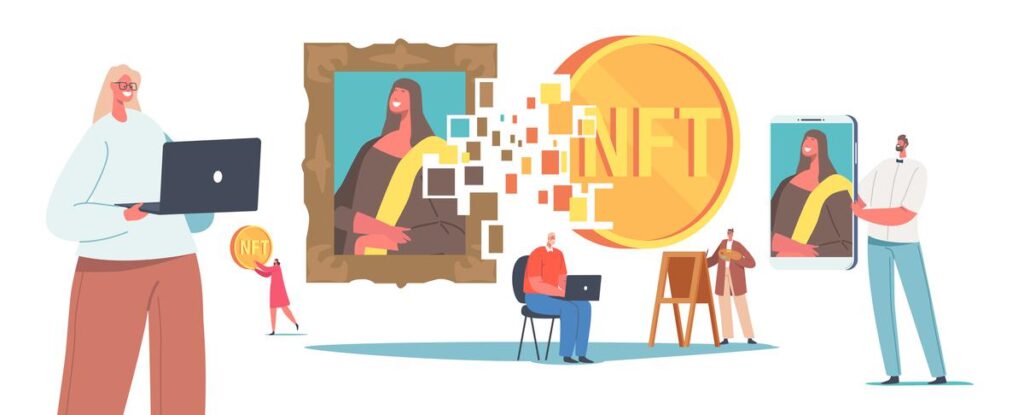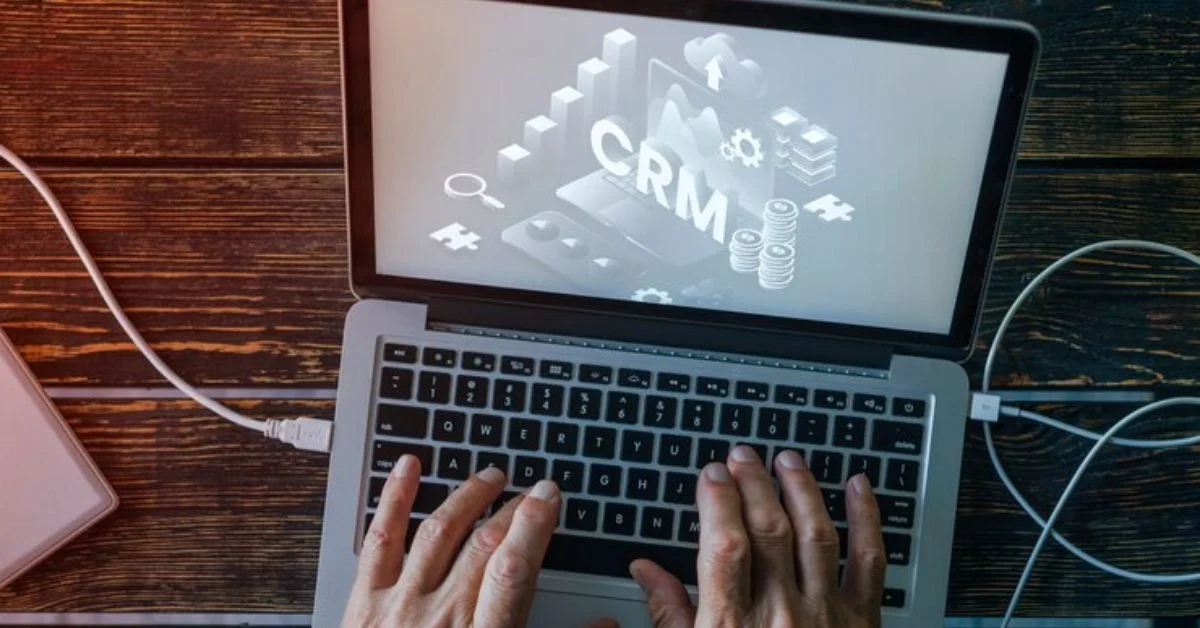Water is a fundamental resource for life, yet it is under constant pressure due to growing populations, climate change, and industrial demand. The search for sustainable solutions has led to innovations in water management systems, one of which is Seawa.
What is Seawa?
Seawa, short for Sustainable Environmental and Water Alliance, is an initiative that combines cutting-edge technology with community-driven efforts to promote the efficient and equitable use of water resources. It emphasizes both water conservation and environmental stewardship as crucial elements in ensuring long-term water sustainability.
Origins and Purpose
Seawa was born out of the recognition that traditional water management strategies are no longer sufficient to meet today’s global challenges. With rapid urbanization, unpredictable climate patterns, and increasing pollution of freshwater sources, a new approach was required—one that integrates the needs of ecosystems with human water consumption.
Seawa’s mission is to:
- Promote sustainable water use practices
- Educate communities about the importance of water conservation
- Encourage responsible agricultural and industrial water usage
- Foster cooperation among stakeholders, including governments, NGOs, industries, and local communities
- Innovate with technology to manage water more efficiently
Key Focus Areas
- Water Conservation Seawa aims to drastically reduce water wastage by promoting conservation practices such as rainwater harvesting, smart irrigation techniques, and graywater recycling. Through campaigns and technological solutions, the initiative encourages households, industries, and farmers to adopt methods that minimize their water footprint.
- Water Purification and Treatment Access to clean water is one of the central tenets of Seawa. This involves using advanced purification methods, such as reverse osmosis, solar desalination, and nanofiltration, to ensure that water is safe for drinking and industrial use. Seawa also works with local communities to improve water sanitation, which is a pressing issue in many developing regions.
- Water-Energy Nexus The initiative explores the intricate relationship between water and energy. Seawa supports research into how water can be used more efficiently in energy production and how renewable energy sources, such as solar and wind, can minimize water use in power plants and other industrial processes.
- Ecosystem Protection A key philosophy of Seawa is that healthy ecosystems are vital for sustainable water resources. The initiative emphasizes the need to protect wetlands, forests, and rivers that act as natural water filters. By restoring damaged ecosystems and preventing further degradation, Seawa ensures that natural water cycles remain intact.
- Innovation in Agriculture Agriculture is a major consumer of global water resources. Seawa encourages sustainable agricultural practices like drip irrigation, soil moisture sensors, and crop rotation to optimize water use in farming. By helping farmers implement these technologies, Seawa works to reduce the sector’s overall water consumption.
- Community Engagement and Education Local involvement is at the heart of Seawa’s initiatives. The organization collaborates with communities, providing education on sustainable water practices and involving them in decision-making processes. Schools, local governments, and NGOs partner with Seawa to implement projects that focus on water conservation at the grassroots level.
Impact and Global Reach
Since its inception, Seawa has grown into a global movement, with projects spanning multiple continents. From supporting rainwater harvesting projects in drought-prone regions of Africa to helping urban centers in Europe manage stormwater runoff more effectively, Seawa’s influence is evident in diverse environments.
In Asia, Seawa has worked with local governments and industries to reduce water pollution by improving wastewater treatment facilities. In Latin America, it has helped farmers adopt water-efficient crops, while in North America, Seawa supports urban water sustainability efforts that incorporate smart technologies like IoT-based water management systems.
The Role of Technology
Technology plays a crucial role in Seawa’s mission. Innovations such as smart water meters, which track water usage in real-time, and artificial intelligence (AI)-powered water monitoring systems, which can predict potential water shortages or contamination issues, are part of Seawa’s toolkit.
Additionally, Seawa is exploring how blockchain technology can improve transparency and accountability in water distribution. By creating decentralized networks for water rights and usage tracking, Seawa hopes to eliminate corruption and mismanagement, ensuring that water resources are distributed fairly and sustainably.
Looking Ahead: The Future of Seawa
As the challenges surrounding water scarcity and environmental degradation continue to mount, Seawa is poised to play an even greater role in shaping the future of global water management. The initiative’s focus on education, innovation, and community-based solutions ensures that its impact will continue to grow in the coming years.
By encouraging the adoption of sustainable practices, Seawa aims to leave a lasting legacy of responsible water use that ensures a more resilient future for both people and the planet. Through collaboration, technology, and a deep commitment to environmental stewardship, Seawa stands as a beacon of hope in the quest for global water sustainability.
Conclusion
In an era where water is becoming increasingly scarce and more precious than ever, Seawa represents a holistic and forward-thinking approach to managing this vital resource. Its efforts to conserve, purify, and responsibly manage water, while simultaneously protecting the ecosystems that rely on it, make it a pioneering force in the fight for sustainable water solutions.








